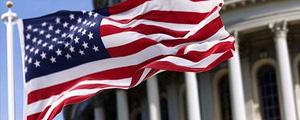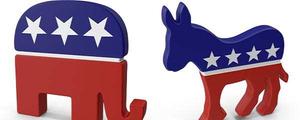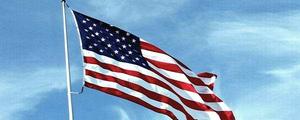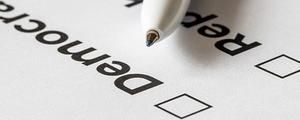US Political Involvement
Explore Gallup's research.

The 32% of Americans who follow political news very closely is down from the prior two readings but typical of years before a presidential election.

None of the major political events of recent years has altered where Americans place themselves on the ideological spectrum from liberal to conservative.

Although the U.S. political party affiliation average for 2021 was similar to prior years, the country shifted from a nine-point Democratic preference early in the year to a five-point Republican advantage near the end.

Americans are paying closer attention to political news this fall than is usual for a year in which there is no presidential election. Republicans maintained their election-year focus on the news, while Democrats shifted their gaze.

Americans' ideological stance was about the same in 2020 as in 2019, with conservatives and moderates the leading groups, and slightly fewer identifying as liberal.

Although Americans' party preferences varied over the course of 2020, the average for the year was similar to what it was during the previous four years.
